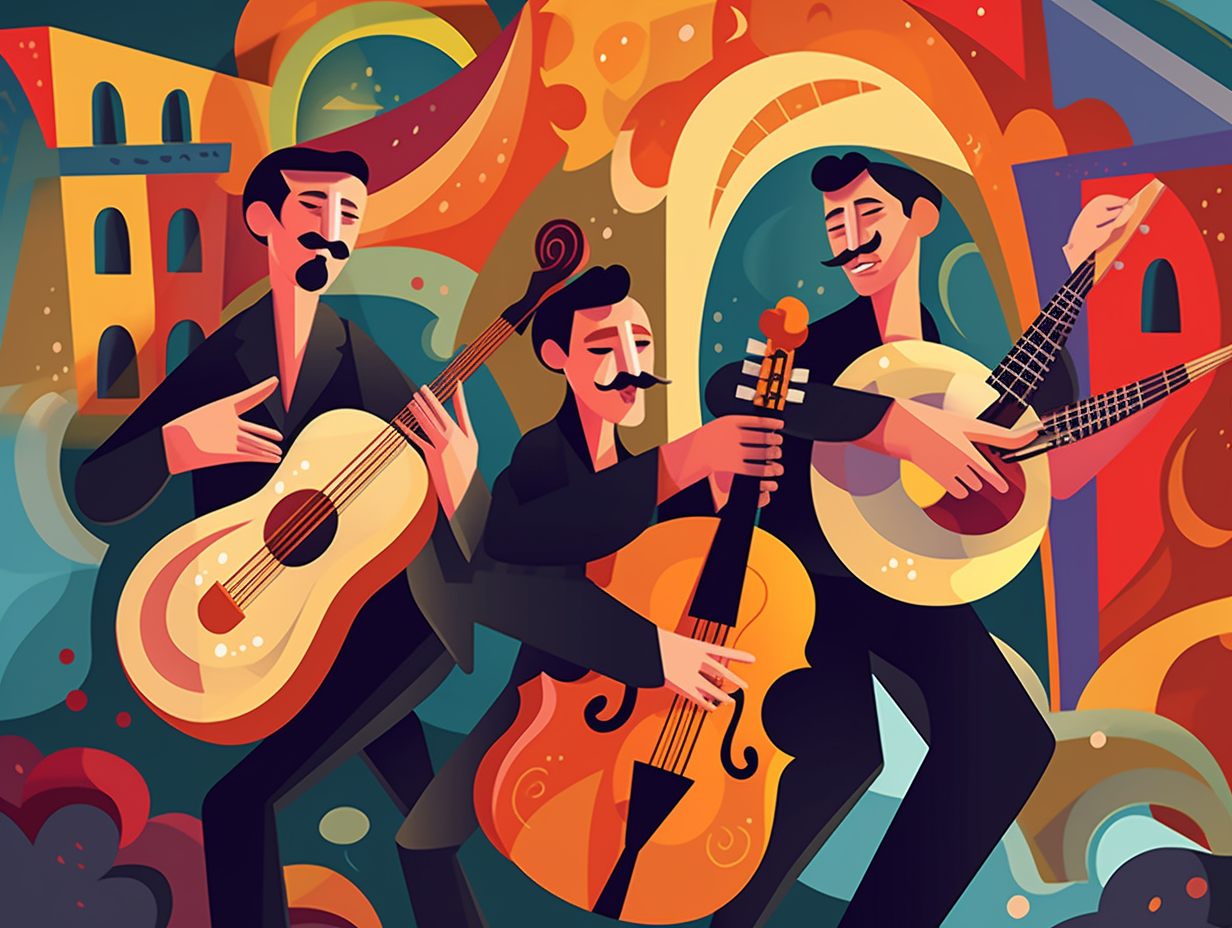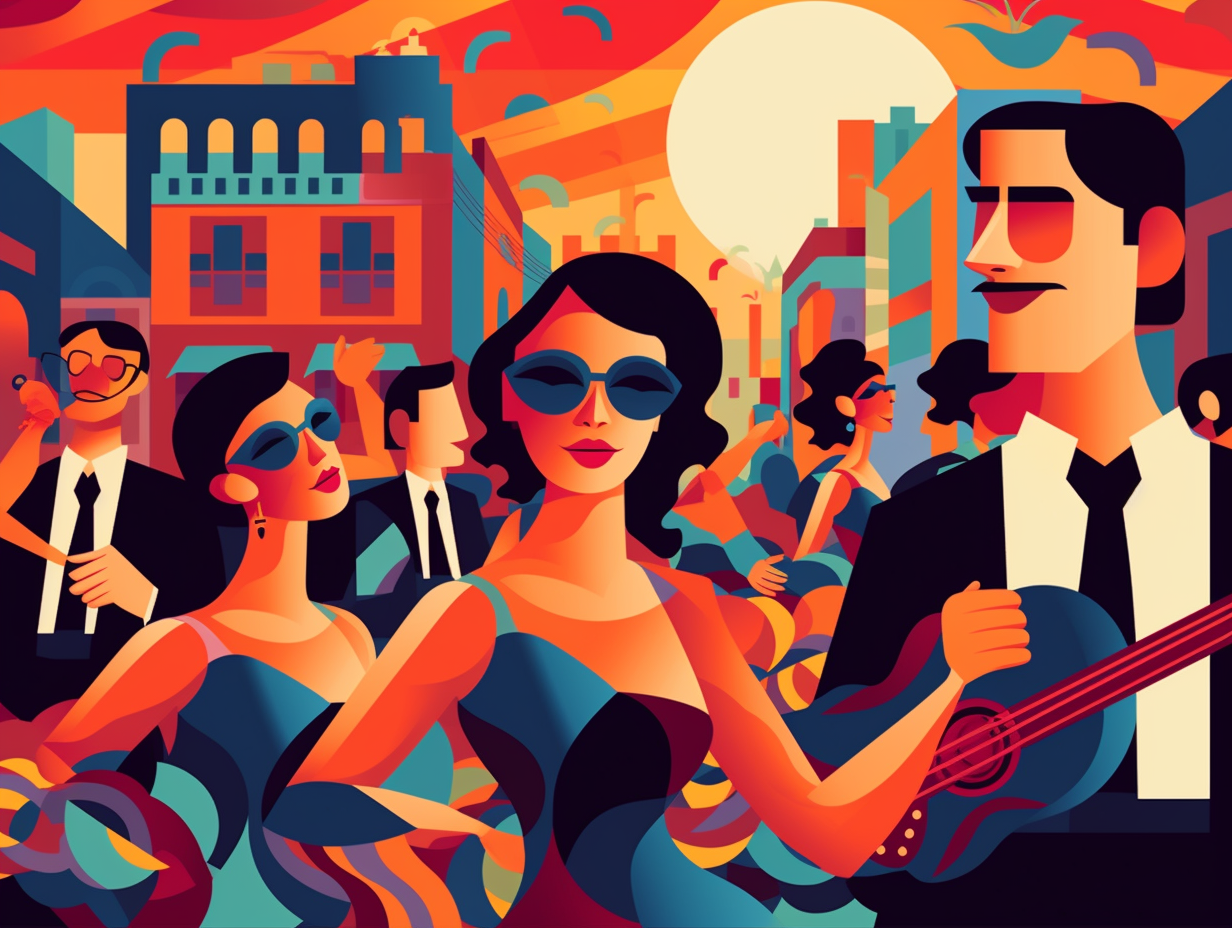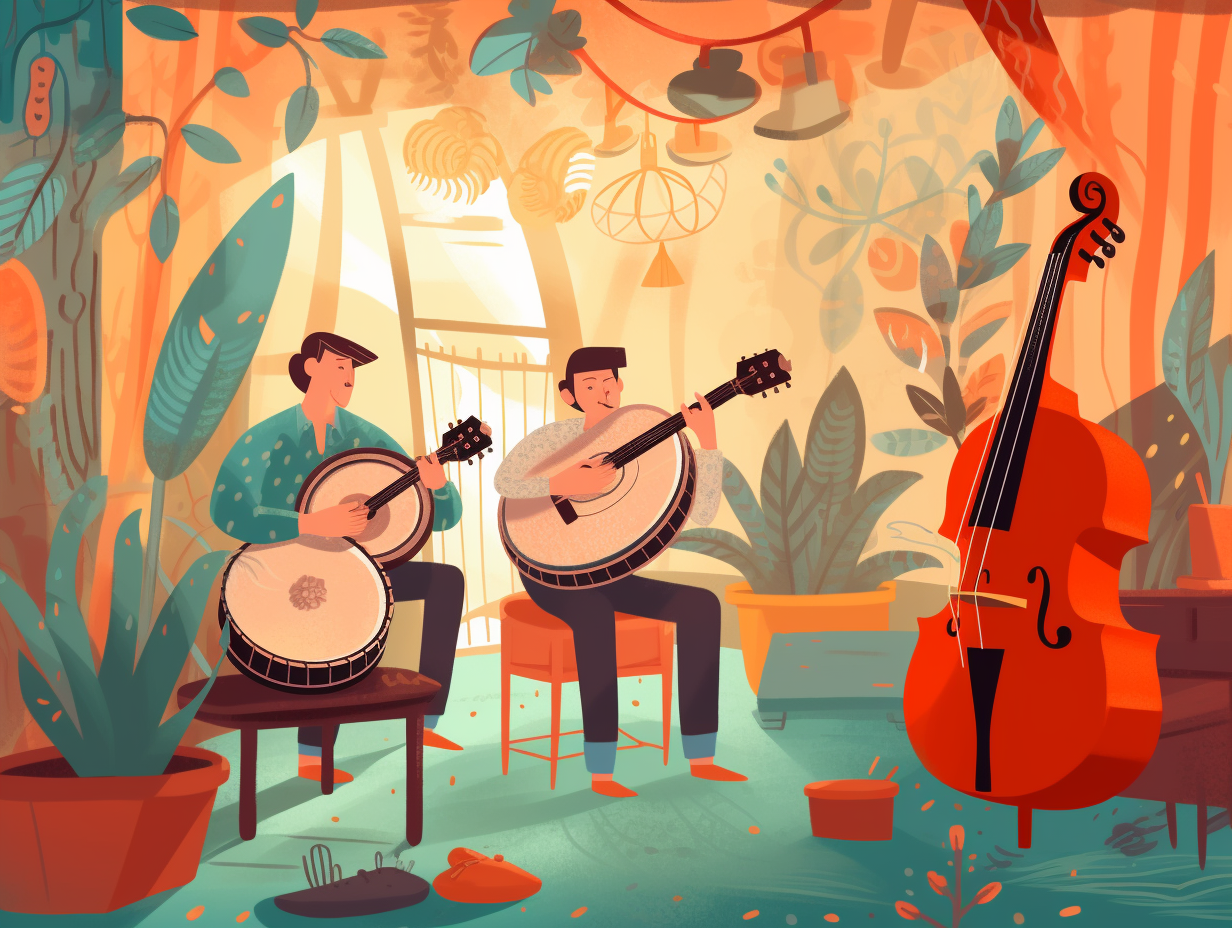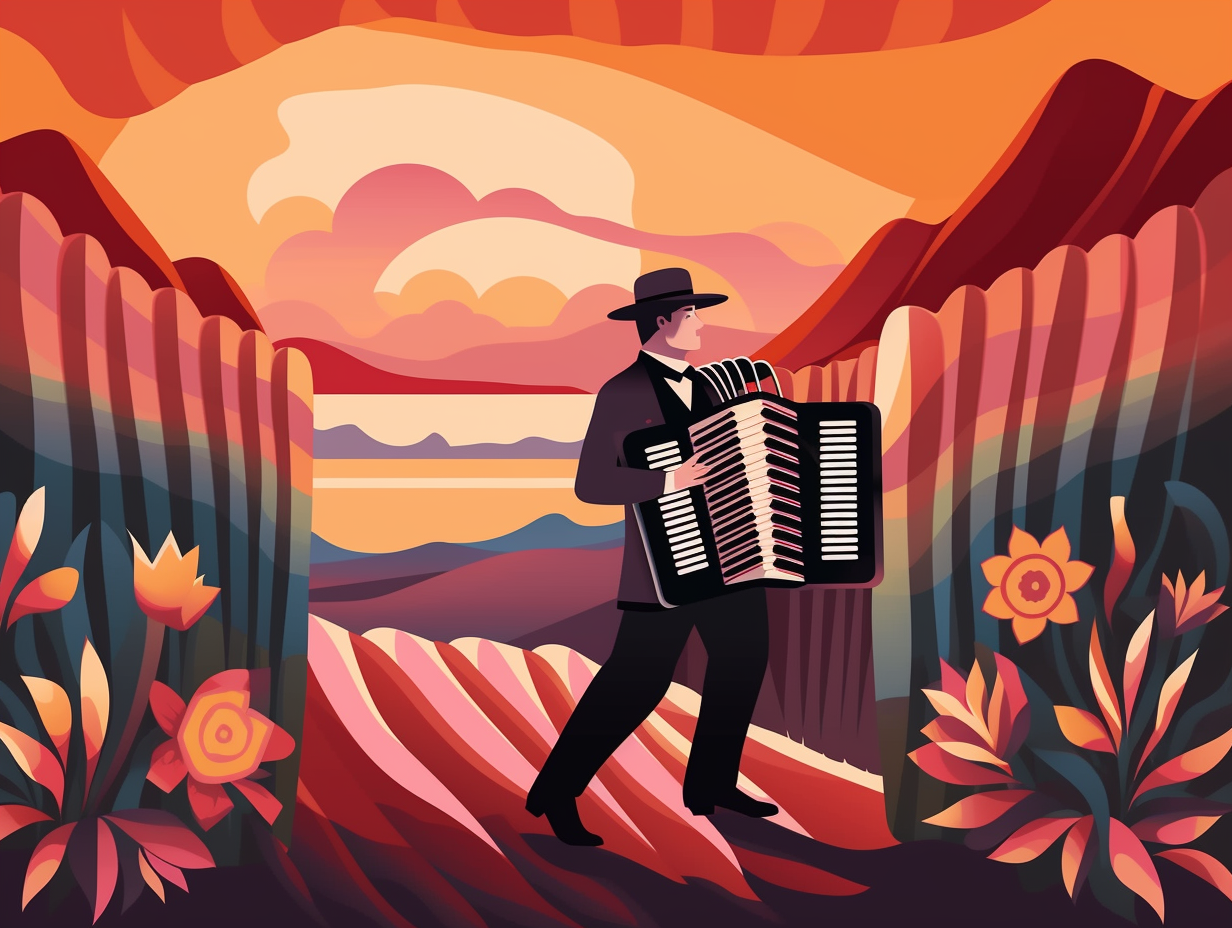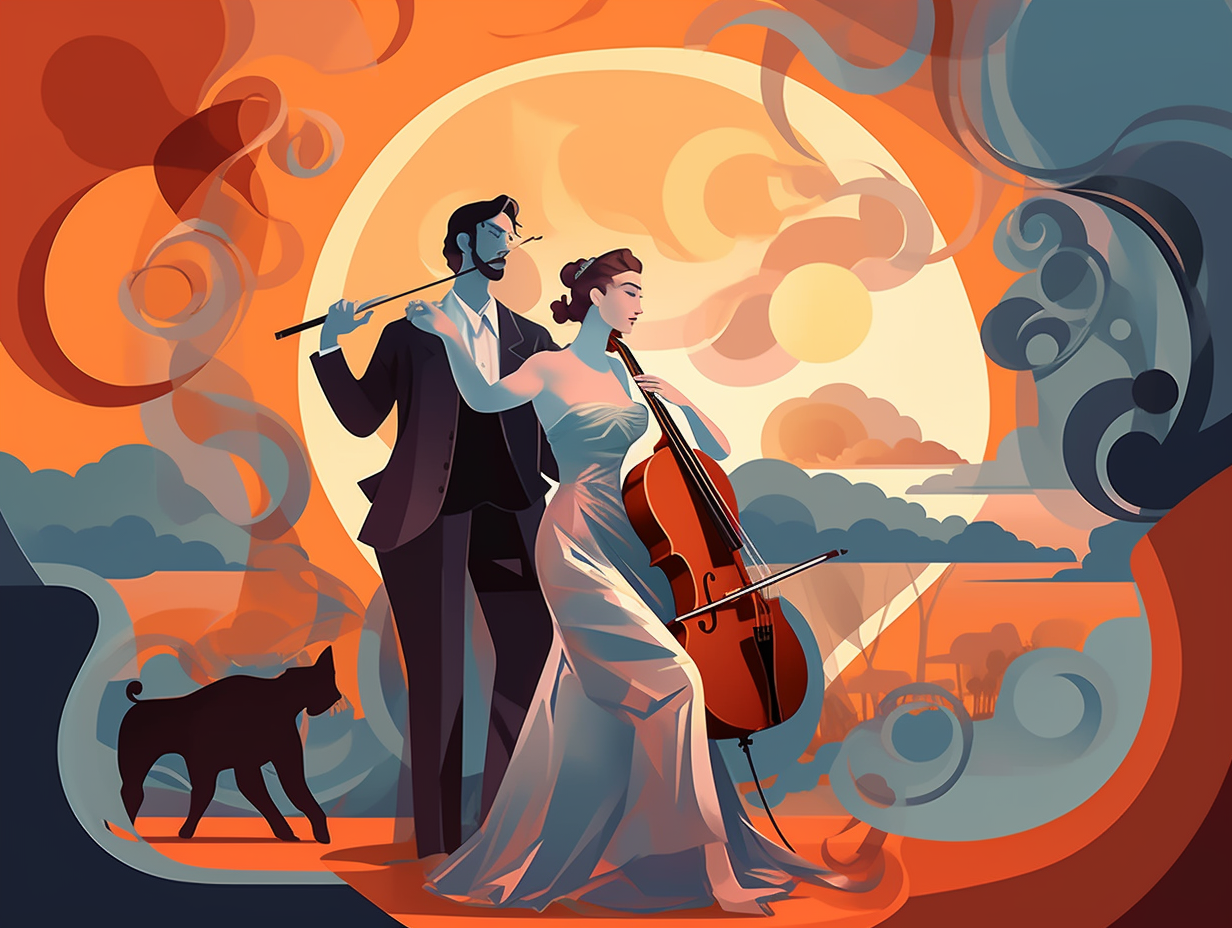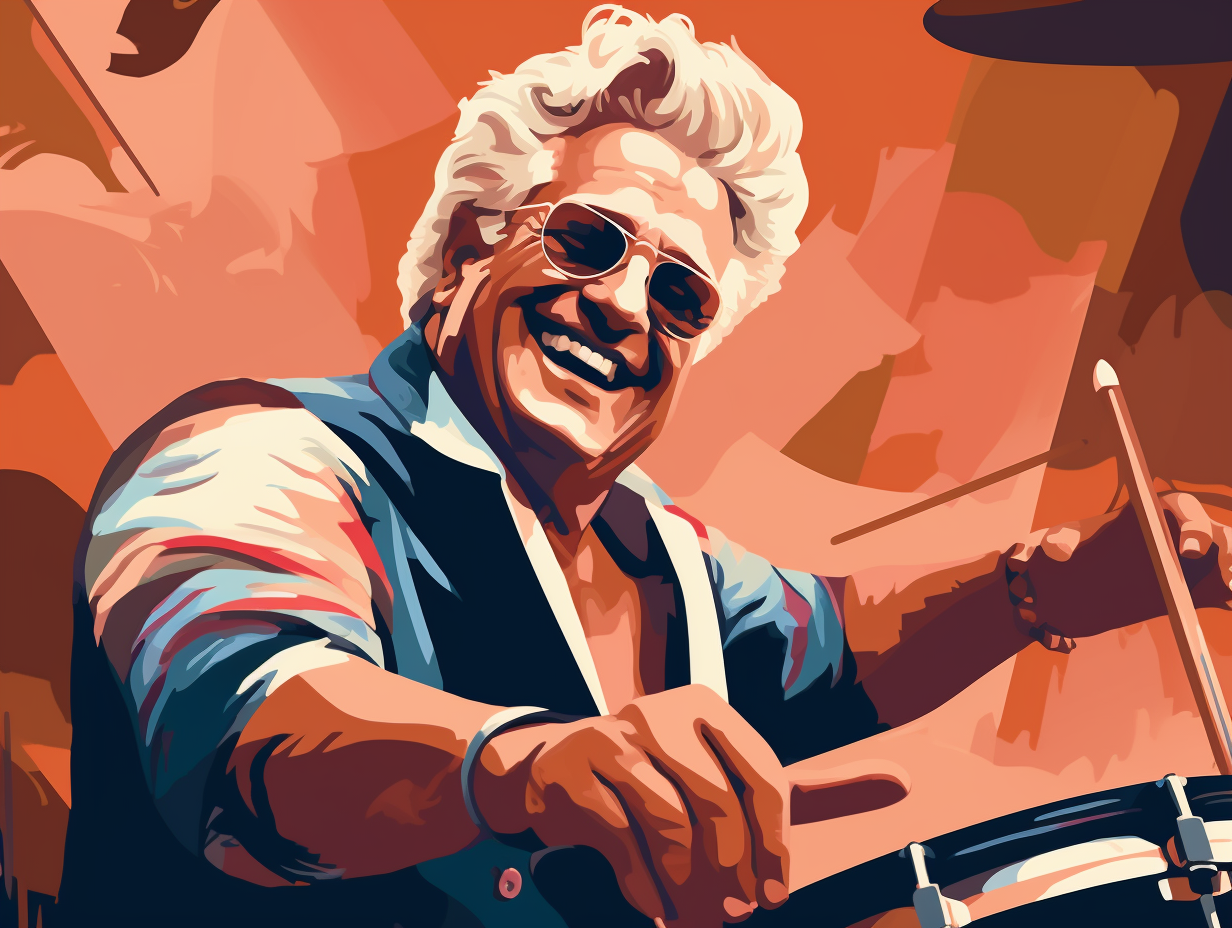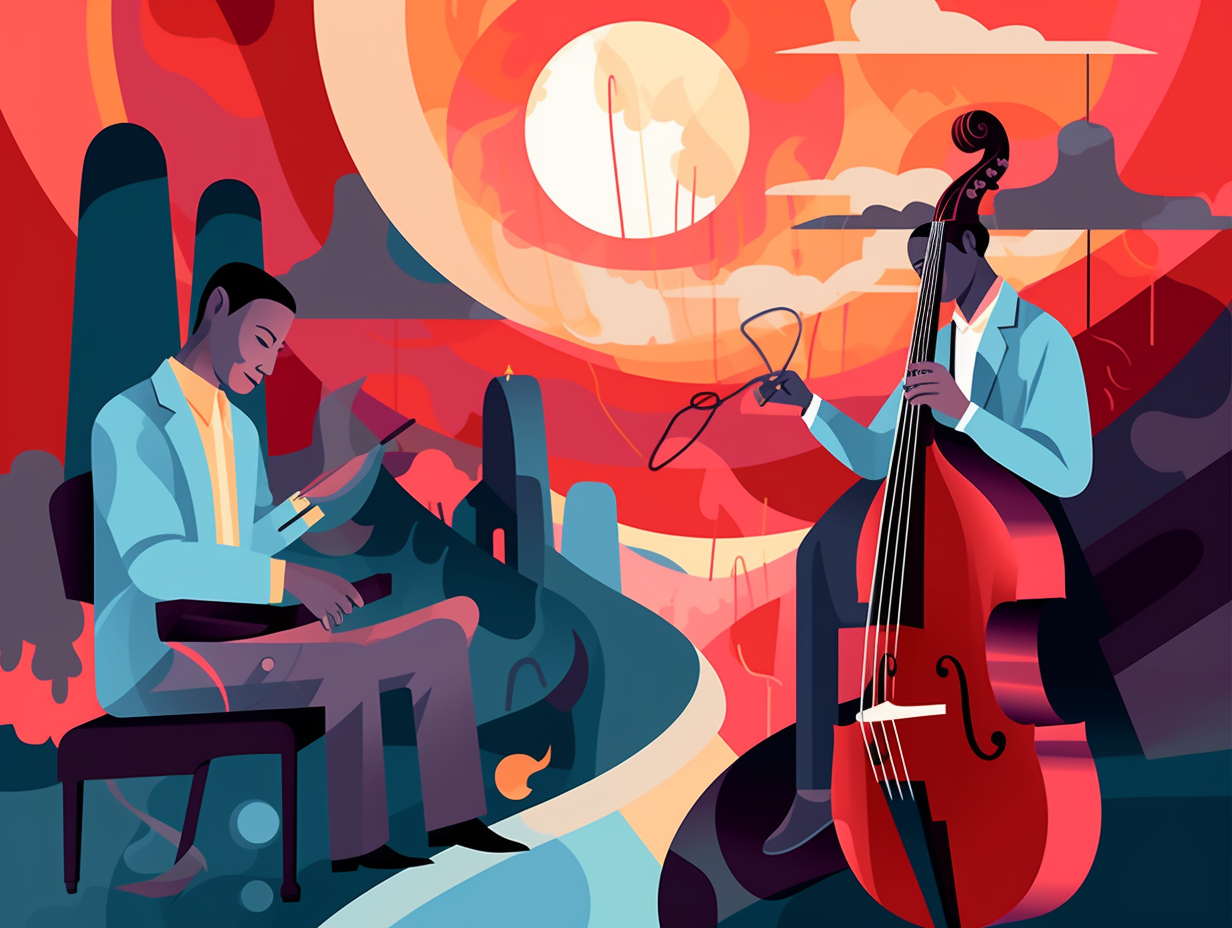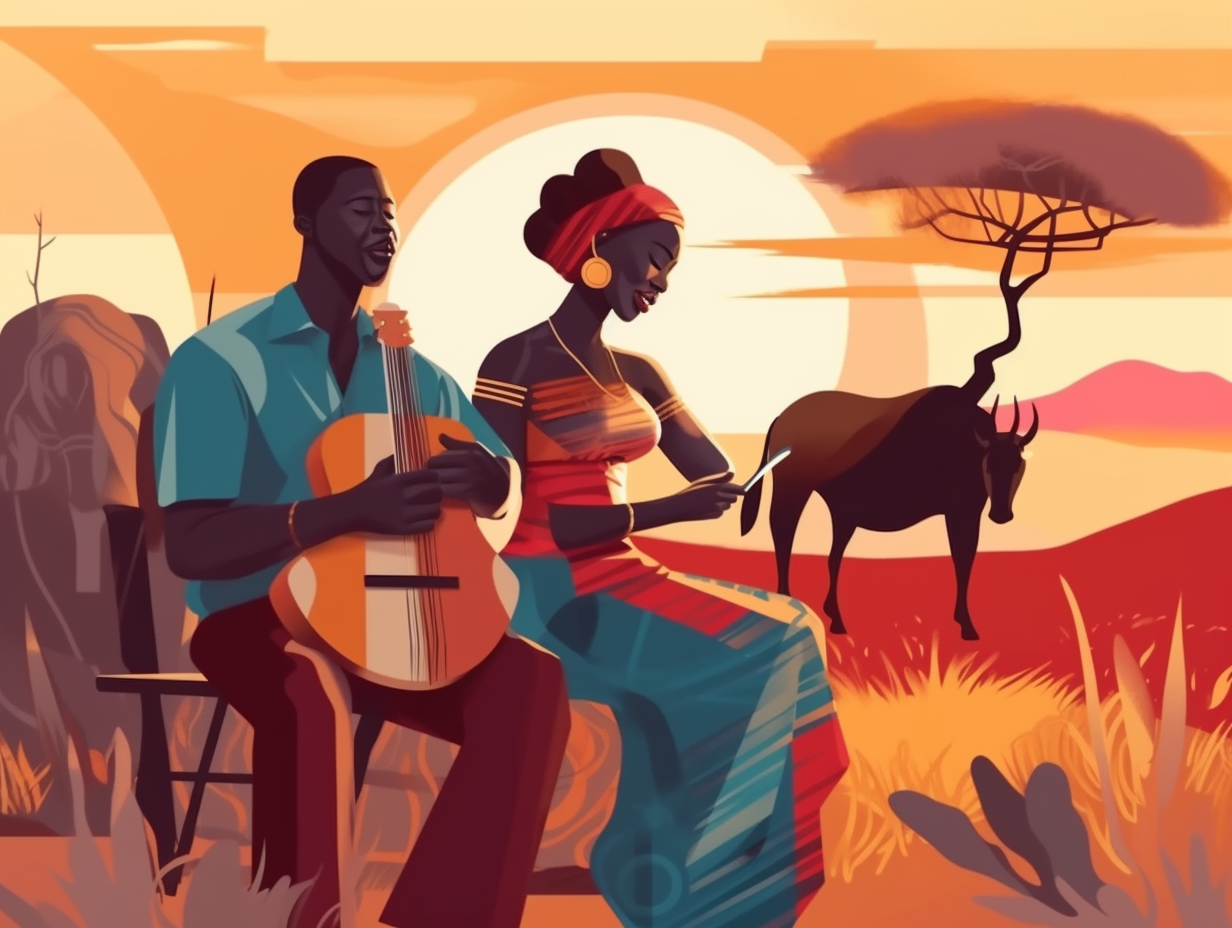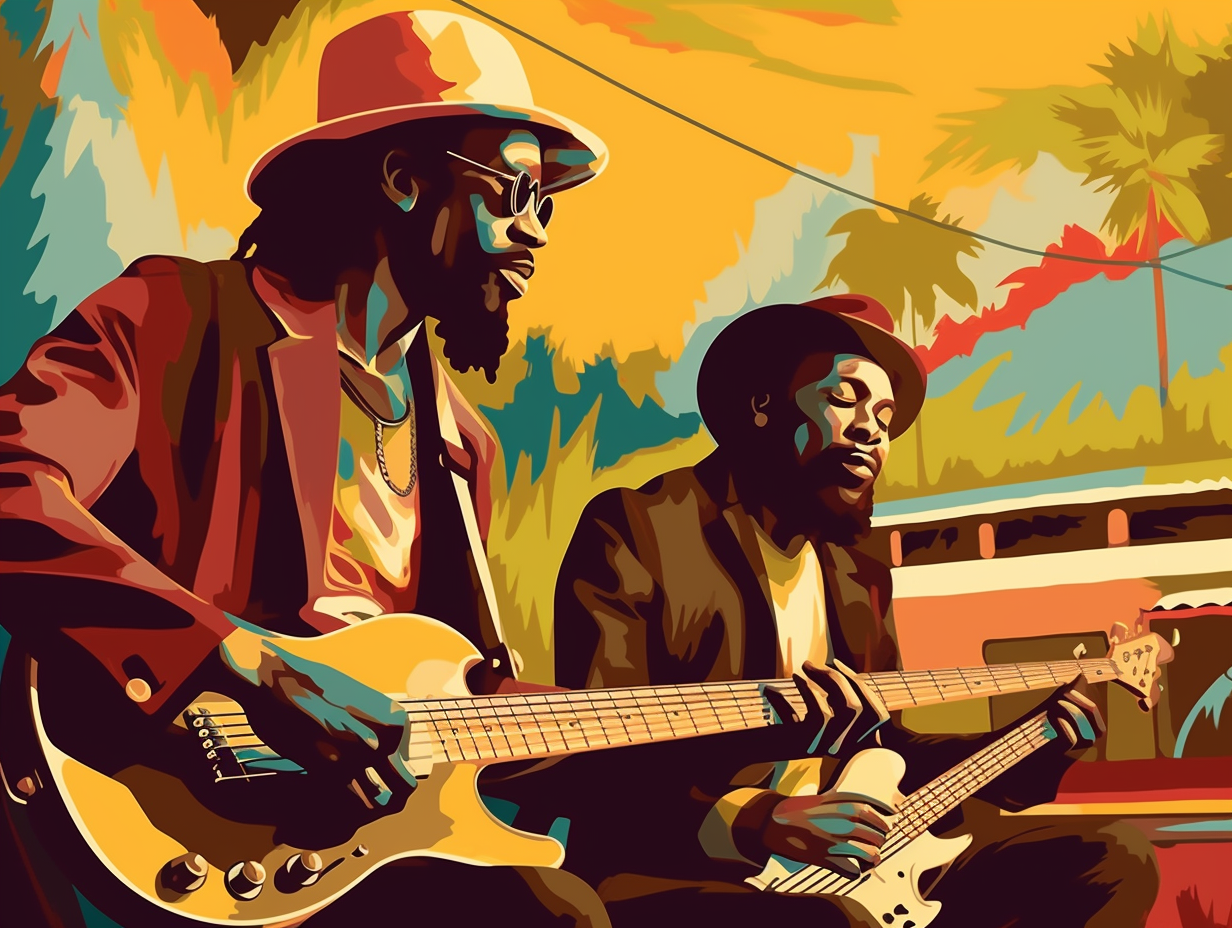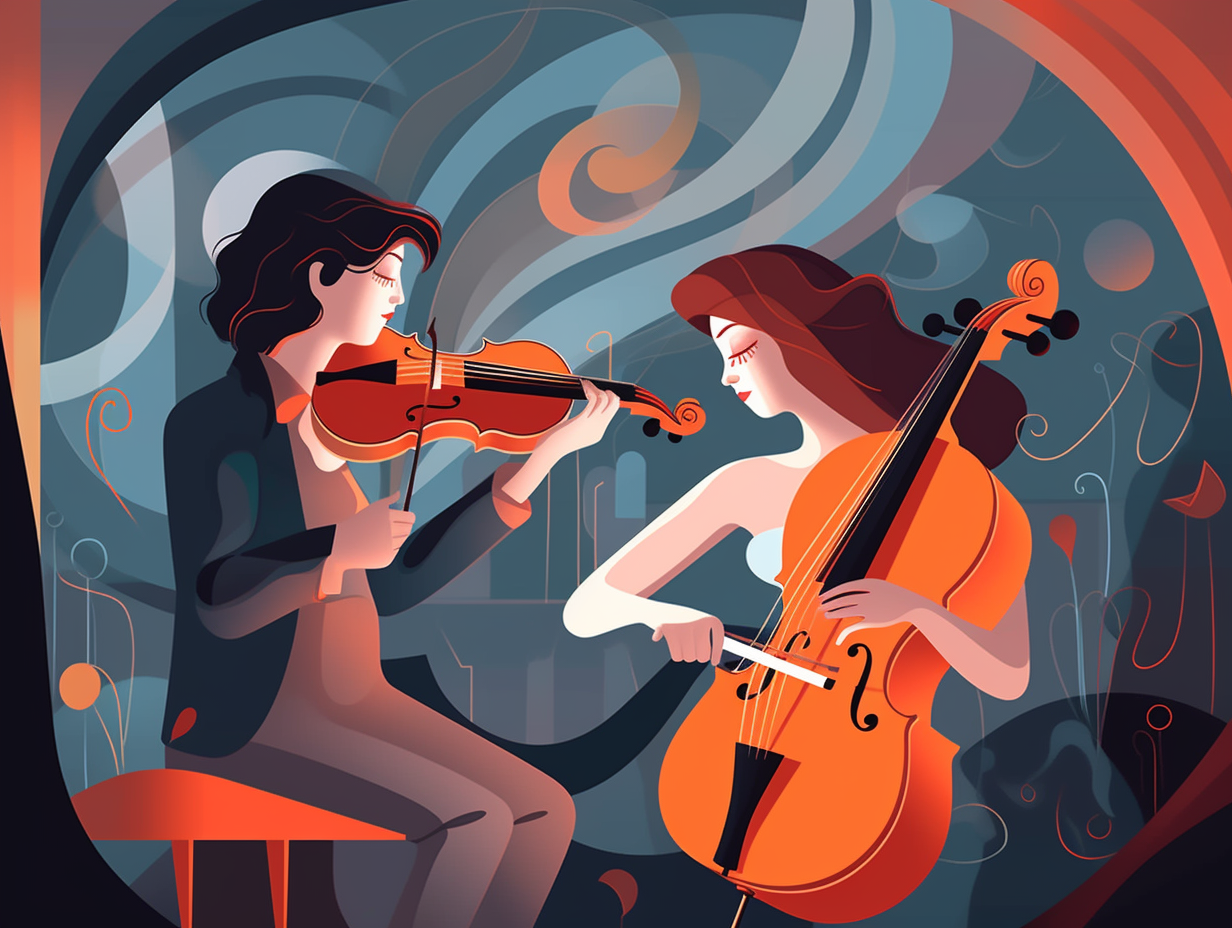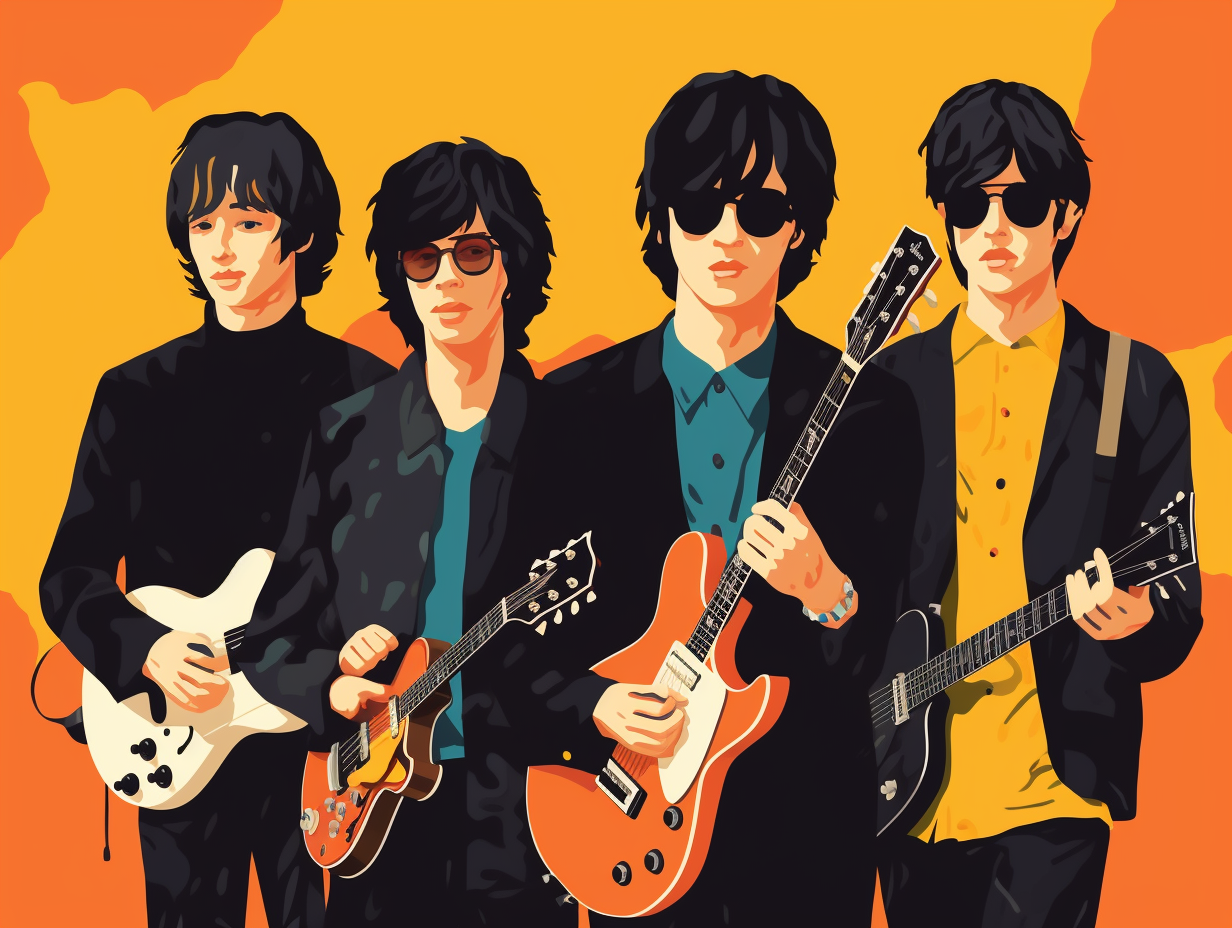Strumming Up Joy: Top 10 Fascinating Mariachi Fun Facts You Never Knew
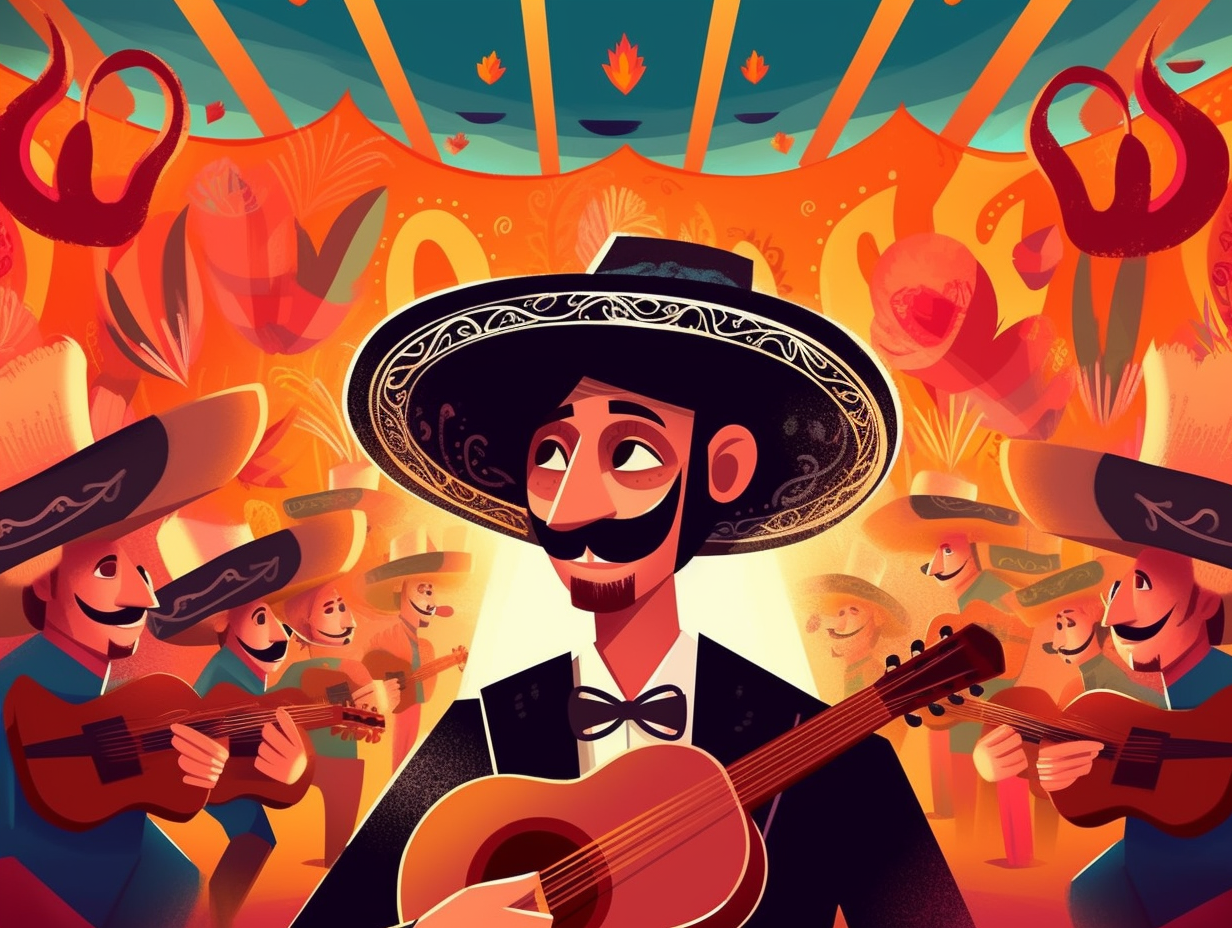
1. Guitarrón: The Mariachi Heartbeat
Who needs a heartbeat when you've got a Guitarrón? This chunky bass guitar is the musical lifeblood of Mariachi bands, providing the rhythmic pulse to make skeletons dance on the Day of the Dead: The Guitarrón maintains the tempo and foundation of traditional Mariachi music by replacing the harp with its rich, deep tones and unique plucking techniques. Central Jalisco Mariachi musicians particularly prefer the vibrant sound it brings to their ensembles.
Source => content.westmusic.com
2. Vihuela: The Life of the Mariachi Party
If the Mexican vihuela had a dating profile, it would boast of its high-pitched charm, charming curvature, and a knack for rhythmic accompaniment – basically, the life of every mariachi party: This five-stringed instrument, featuring a unique vaulted back, is tuned similarly to a guitar but has its G, D, and A strings an octave higher, creating a tenor sound that perfectly complements the Spanish guitar in mariachi ensembles. Vihuela players even rock some long fingernails on their strumming hand for optimal technique and crystal-clear sound!
Source => en.wikipedia.org
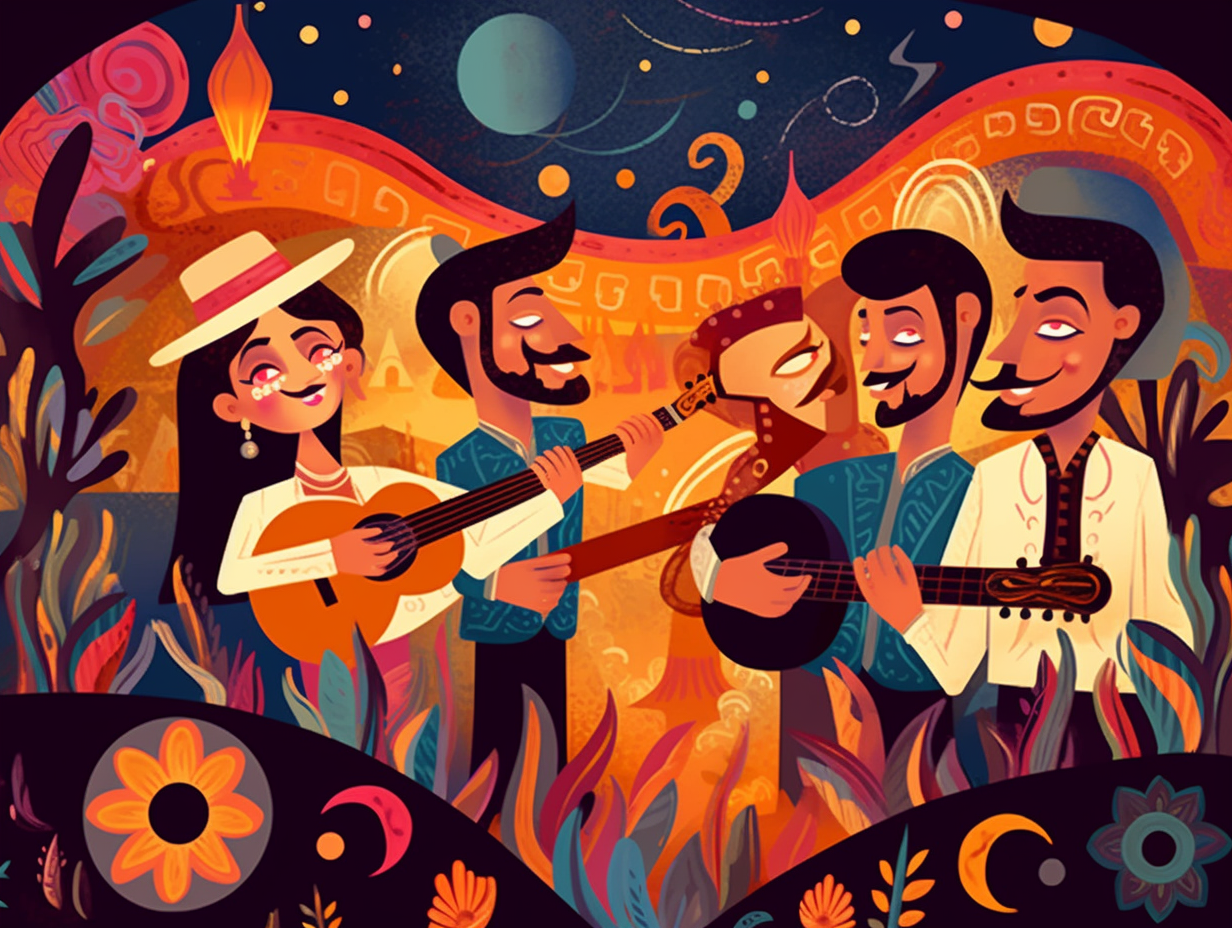
Did you know that Mexico has its own melodious tradition for celebrating birthdays, name days, and special holidays? Discover the charming song "Las Mañanitas" and wake up with flair!
=> Fun Facts about Mexican-Music
3. Charro Outfits: Horse-ing Around in Style
Horse-ing around in style: Charro outfits, worn by elite Mexican horse riders as a symbol of national pride, are made from luxurious materials like wool, silk, and satin, hand-stitched with intricate embroidery. These dapper duds are still worn for special occasions like festivals, baptisms, and weddings, and can gallop up a price tag ranging from $50 to $1000, depending on the craftsmanship and fabric.
Source => detailsandtraditions.com
4. Mariachi Evolution: From Son Jalisciense to Today
When life gives you vihuelas, make mariachi music: Interestingly, modern mariachi evolved from Son jalisciense, a type of Mexican son music from Jalisco, which featured string instruments like vihuela, violins, and guitarrón. By the 19th century, it was played with one vihuela, two violins, and a guitarrón, even featuring brass instruments like trumpets in mariachi ensembles, with the best-known song being "La Negra."
Source => en.wikipedia.org

5. Humble Beginnings to Global Recognition
When mariachi bands serenade, it's always "arriba, abajo, al centro, adentro!" but did you know their beginnings weren't always so ritzy? The mariachi transformation: From humble folk music beginnings in rural Mexico to an emblematic symbol of Mexican identity, mariachi went from playing in plazas and restaurants in the early 20th century to being promoted by the government on radio and sound recordings. The music found a second home in the United States, where it became a source of ethnic pride for Mexican Americans despite initially being associated with bars and the lower classes in Mexico. Nowadays, mariachi music has formalized training, incorporates classical music influences, and resonates with Mexican American communities across the globe.
Source => en.wikipedia.org
6. Preserving Rich Mexican Cultural Heritage
When Mariachi bands aren't busy serenading love at the drop of a sombrero or upping the fiesta ante with their vibrant tunes, they're proudly preserving a rich Mexican cultural heritage: Mariachi music is a traditional art form handed down through generations, featuring instruments like the vihuela and guitarrón, covering topics from love and war to rural life, and evolving over time to encompass genres such as ranchera and cumbia – so much so that UNESCO recognized its cultural importance, but not just for its party-starting capabilities.
Source => ich.unesco.org
7. Mariachi's UNESCO High-Five
Though Mariachi bands might seem like they're only here to bring some extra spice and "ay, ay, ay!" to your local taco joint, these musicians actually serenade a far grander audience: Mariachi music has been officially recognized by UNESCO and added to its annual list of "intangible cultural heritage in need of urgent safeguarding," making it one of the few musical genres to receive such a prestigious and global high-five.
Source => banderasnews.com
8. Dressing Snazzy: Mariachi Fashion
Ever wondered where mariachi musicians find the inspiration to dress so snazzy? The answer lies in their roots, with their trusty sombrero as a cherry on top – except it's not always there: Mariachi ensembles pay homage to Mexican cowboys, or charros, by donning their traditional attire, which has evolved into a fancy three-piece suit, boots, and custom embroidered accessories – but not necessarily including the iconic sombrero.
Source => nps.gov
9. Metalachi: Mariachi Meets Ozzy
When the "Prince of Darkness" meets the cheerful sounds of serenading senoritas, you know some metal magic is about to happen: Metalachi, a Hollywood-based mariachi band, captures the hearts of rock enthusiasts everywhere by flawlessly fusing traditional tunes with legendary metal anthems like Ozzy Osbourne's "Crazy Train" and Motorhead's "Ace of Spades", proving that 18th-century Mexican musicality knows no boundaries.
Source => loudwire.com

10. Lady Gaga's Mariachi Birthday Bash
She was "Born This Way" but not quite born for this: At Lady Gaga's 25th birthday bash in Los Angeles, the pop sensation treated guests to a mariachi-infused performance that included covers and her own hits, but notably lacked a mariachi rendition of her chart-topping anthem, "Born This Way."
Source => mtv.com
Related Fun Facts

